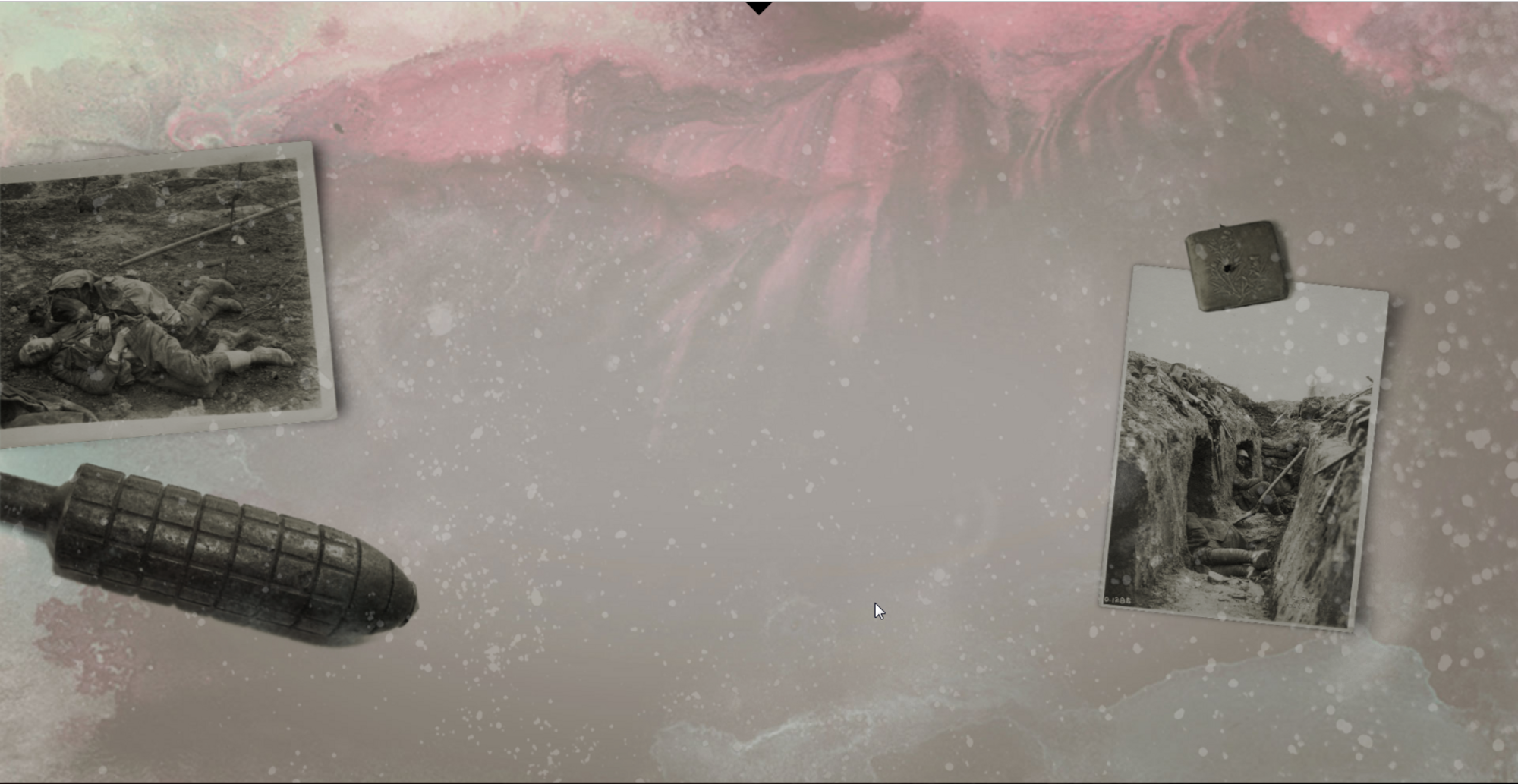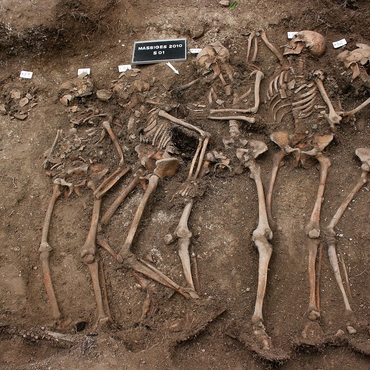
- Home
- Archaeological remains
- What role for archaeology ?
In the early 1990s, preventive archaeology gradually branched out into rural areas courtesy of large-scale civil engineering projects (motorways, high-speed train liens). In northern and eastern France, archaeologists were thus faced with the ‘rediscovery’ of First World War artefacts in those areas previously occupied by the front lines.
In landscapes where the scars of war were carefully erased by a return to agricultural use immediately after the war, and by the galloping pace of industrialisation, these unexpected encounters with the remnants of a period which was far removed from their usual field of study, and with which they were not particularly well acquainted, posed certain problems for the archaeologists. Indeed they were not well equipped to appreciate the importance and historical interest of the artefacts they uncovered in such great numbers, considering them more as inconvenient obstructions masking potential earlier settlements on the same site. Another recurring and demotivating problem was the presence of unexploded munitions from the war, representing a considerable hindrance to archaeological excavations. Last but not least the discovery of the remains of soldiers previously thought missing in combat, unfortunately far from a rare occurrence, was a source of further concern, often on a personal level.
At first sight, this new category of artefacts thus appeared more “troublesome” than interesting. Furthermore, did the study of a period so chronologically close to the modern day and already covered by such extensive documentation really require input from archaeologists?



